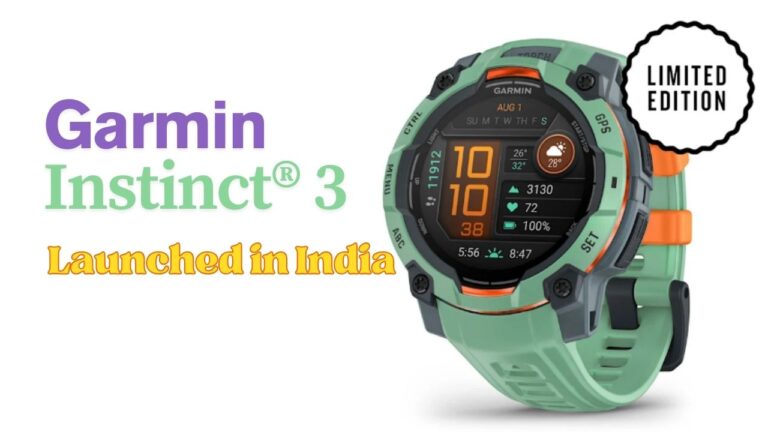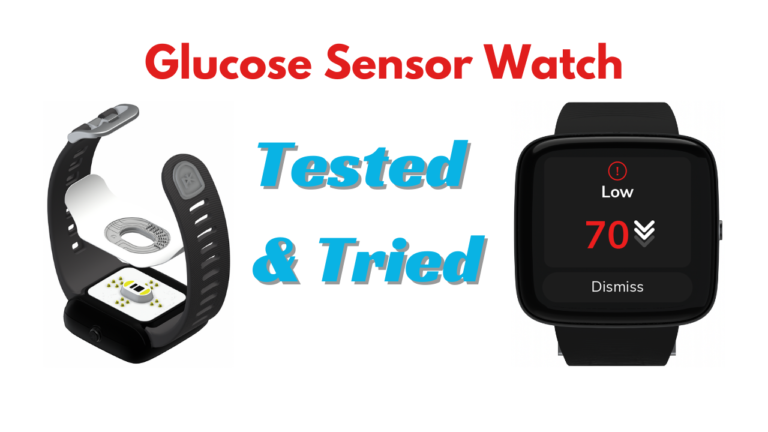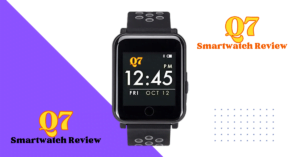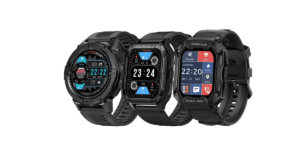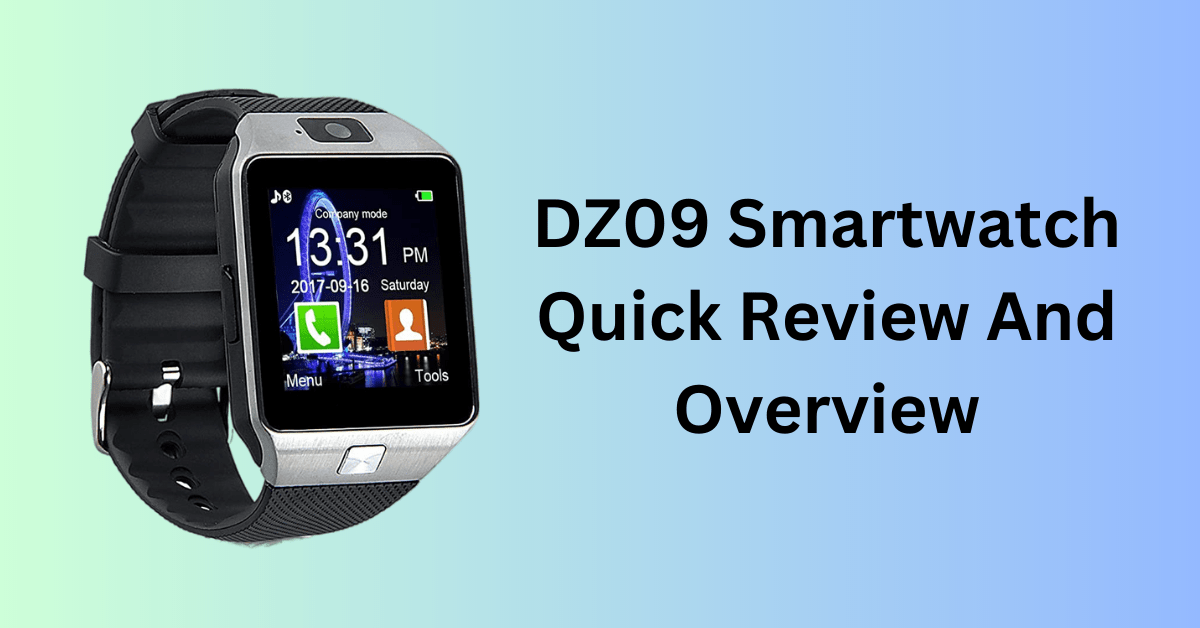Last Updated on April 27, 2023 by Kian
Smartwatches have become an essential part of our daily lives, not only for their ability to keep us connected to the world but also for their advanced health monitoring features. One of the most critical health metrics that a smartwatch can track is the heart rate, measured in beats per minute (BPM). But what is BPM in smartwatch, and why is it so important? In this blog post, we’ll explore the normal range of BPM in smartwatches and its significance in maintaining a healthy lifestyle. Whether you’re an athlete, a fitness enthusiast, or just someone looking to keep track of their heart rate, understanding BPM in smartwatches is crucial to achieving your health and fitness goals. So, let’s dive in and explore what BPM in smartwatch means and how it can help you monitor your health more effectively.
What is BPM in Smartwatch
BPM in smartwatch refers to the measurement of the heart rate in beats per minute. A smartwatch can monitor BPM using an optical heart rate sensor that tracks blood flow through the wrist. This feature allows users to monitor their heart rate during various activities, including exercise, sleep, and daily routine. By monitoring BPM, a smartwatch can provide users with insights into their overall health and fitness level. For instance, a higher BPM during exercise indicates a higher intensity level, while a lower BPM during rest indicates a healthier heart rate. Understanding BPM in smartwatches is crucial for anyone looking to monitor their health and fitness levels more effectively.
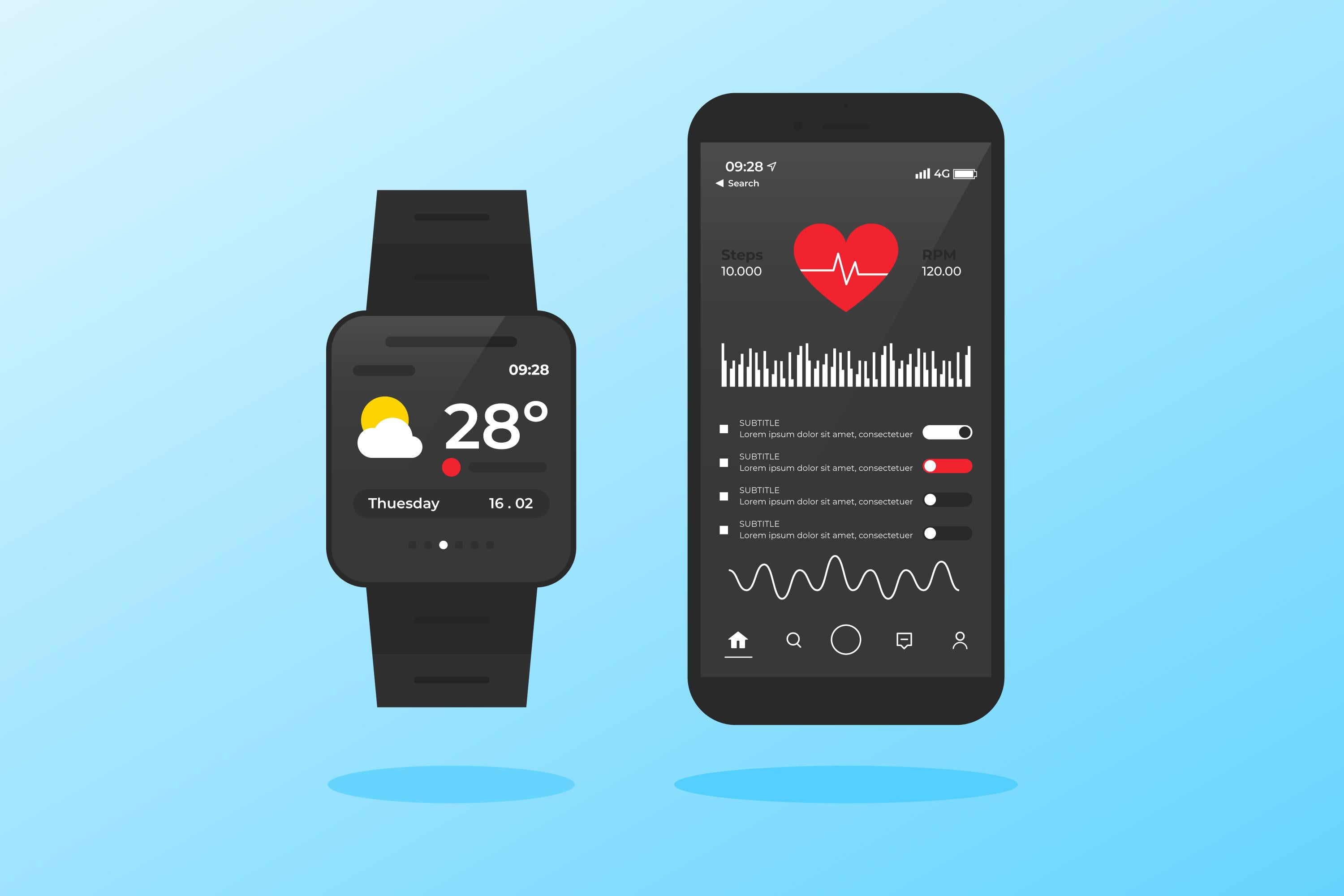
BPM Full Form in Smart Watch
BPM full form in smartwatch refers to “Beats Per Minute”. It is a common term used in the world of health and fitness to measure heart rate. A smartwatch equipped with an optical heart rate sensor can monitor BPM by tracking the blood flow through the wrist. BPM is a crucial metric for anyone looking to monitor their heart rate during exercise, sleep, and daily activities. By tracking BPM in real time, smartwatches can provide users with valuable insights into their health and fitness levels. Whether you’re an athlete, fitness enthusiast, or just someone looking to maintain a healthy lifestyle, understanding BPM full form in smart watch is essential to achieve your health and fitness goals.
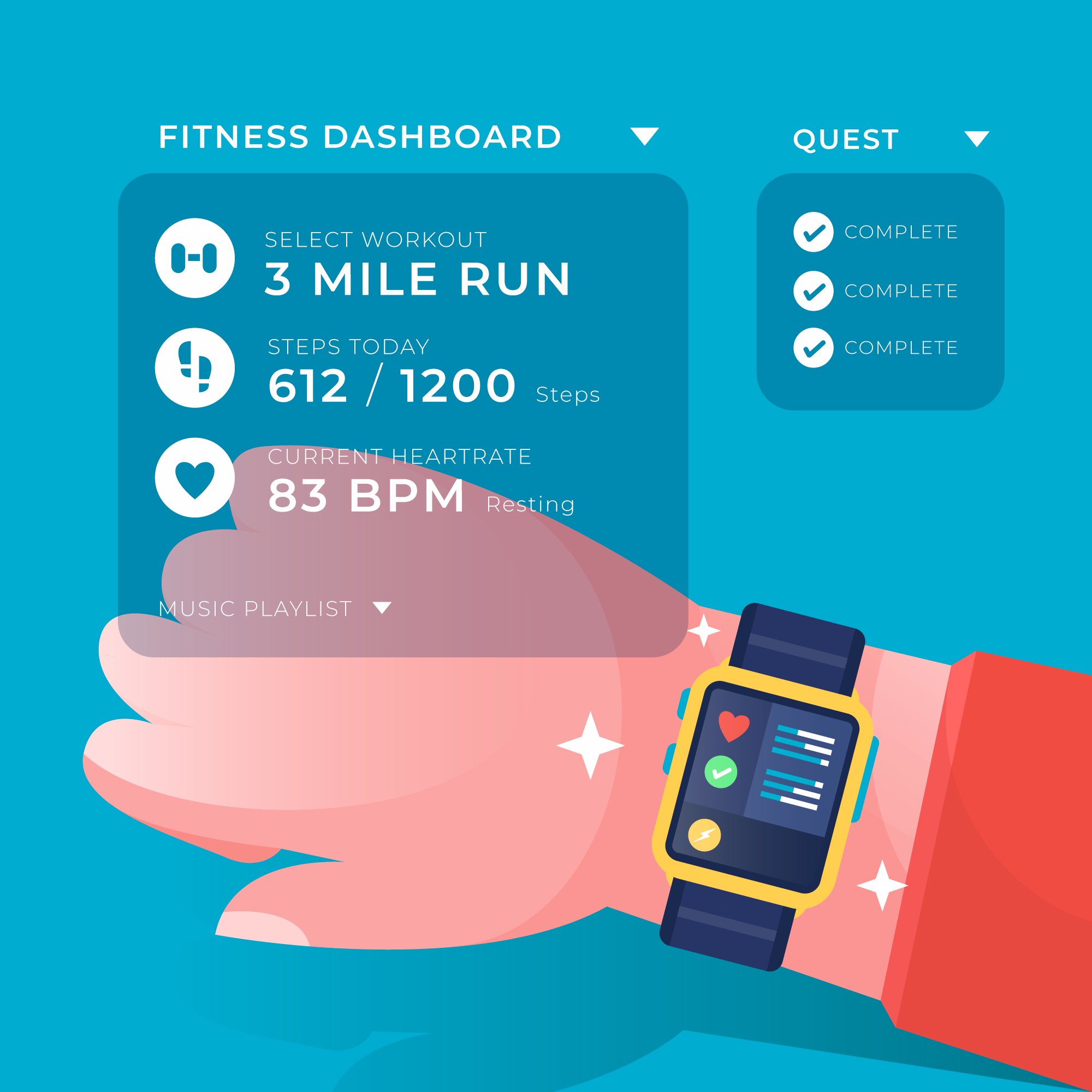
Normal BPM in Smartwatch & It’s Range
The normal BPM in smartwatch can vary from person to person and depends on various factors, such as age, fitness level, and overall health. Typically, a resting heart rate (RHR) between 60-100 BPM is considered normal for adults. However, athletes and fitness enthusiasts may have a lower RHR, as low as 40 BPM. During exercise, a healthy heart rate can range from 50-85% of an individual’s maximum heart rate, which is calculated based on age and sex. For instance, a 30-year-old male’s maximum heart rate is approximately 190 BPM, and during exercise, a healthy heart rate would range from 95-162 BPM. It is essential to understand the normal BPM in smartwatch for each individual to set realistic fitness goals and track progress effectively. Smartwatches equipped with heart rate sensors can provide users with real-time heart rate data, making it easier to monitor their health and fitness levels.
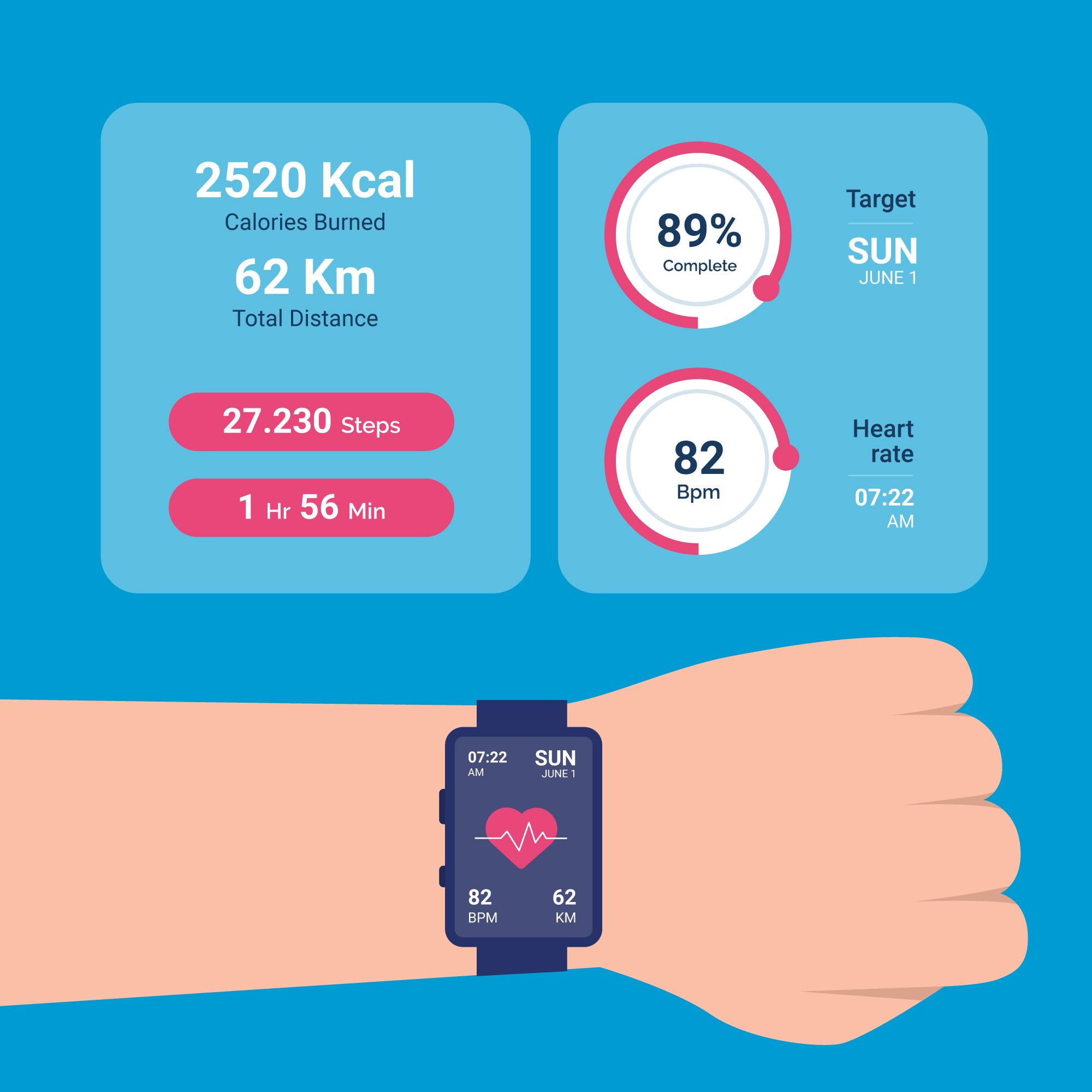
What Is BPM In Apple Watch
BPM in Apple Watch refers to the measurement of heart rate in beats per minute. Apple Watch comes equipped with a high-tech optical heart rate sensor that can track BPM in real time. The heart rate sensor uses photodiodes to detect blood flow through the wrist and advanced algorithms to calculate BPM. Apple Watch can monitor BPM during various activities, including exercise, sleep, and daily routine, providing users with insights into their overall health and fitness levels. Additionally, Apple Watch can detect abnormal heart rhythms and alert users if it detects a high or low BPM outside of the user’s normal range. Understanding BPM in Apple Watch is crucial for anyone looking to monitor their heart rate and track their fitness goals more effectively.
How Does Smartwatch Measure BPM?
Smartwatches can measure BPM (Beats Per Minute) using an optical heart rate sensor that tracks blood flow through the wrist. This sensor uses a combination of light-emitting diodes (LEDs) and photodiodes to measure the amount of light reflected off the blood vessels in the wrist. The sensor emits green light, which is absorbed by the blood vessels, and the photodiodes measure the amount of light that is reflected back. By measuring the changes in blood volume with each heartbeat, the sensor can determine the user’s heart rate in real time.
Smartwatches may also use other sensors such as electrocardiogram (ECG) sensors or PPG (photoplethysmography) sensors to measure BPM. ECG sensors measure the electrical activity of the heart, providing a more accurate reading of heart rate, while PPG sensors measure changes in blood volume in the wrist like optical sensors.
The heart rate sensor on a smartwatch can continuously monitor BPM, providing users with valuable insights into their health and fitness levels. Users can track their heart rate during various activities, such as exercise, sleep, and daily routine, helping them monitor their fitness goals and overall health more effectively.

FAQs on What Is BPM In Smartwatch
What is the normal BPM?
The normal BPM (Beats Per Minute) can vary from person to person and depends on various factors, such as age, fitness level, and overall health. Typically, a resting heart rate (RHR) between 60-100 BPM is considered normal for adults. However, athletes and fitness enthusiasts may have a lower RHR, as low as 40 BPM. During exercise, a healthy heart rate can range from 50-85% of an individual’s maximum heart rate, which is calculated based on age and sex. For instance, a 30-year-old male’s maximum heart rate is approximately 190 BPM, and during exercise, a healthy heart rate would range from 95-162 BPM. It is essential to understand the normal BPM for each individual to set realistic fitness goals and track progress effectively. Smartwatches equipped with heart rate sensors can provide users with real-time heart rate data, making it easier to monitor their health and fitness levels.

What is a good BPM?
A good BPM (Beats Per Minute) varies depending on an individual’s age, fitness level, and overall health. A resting heart rate (RHR) between 60-100 BPM is generally considered normal for adults. However, a lower RHR is generally considered healthier, especially for athletes and fitness enthusiasts.
During exercise, a good BPM would depend on the intensity of the workout. Typically, a healthy heart rate during exercise should be between 50-85% of an individual’s maximum heart rate, which is calculated based on age and sex. For instance, if a 30-year-old male’s maximum heart rate is approximately 190 BPM, a good BPM during exercise would be between 95-162 BPM, depending on the intensity of the workout.
It is essential to consult a healthcare professional to determine what a good BPM is for each individual, as several factors, such as age, sex, and overall health, can impact what is considered a healthy heart rate. Smartwatches equipped with heart rate sensors can provide users with real-time heart rate data, making it easier to monitor their health and fitness levels and ensure they are staying within a healthy BPM range.
Is 120 bpm is normal?
A resting heart rate (RHR) of 120 BPM (Beats Per Minute) is generally considered higher than normal for adults. While the normal range for RHR can vary from person to person, an RHR of 120 BPM can indicate that the heart is working harder than it should at rest. A high RHR can be caused by several factors, such as stress, dehydration, medication, caffeine, and underlying medical conditions such as hyperthyroidism or heart disease.
During exercise, a heart rate of 120 BPM can be normal for some individuals, depending on their fitness level and the intensity of the workout. However, if a person’s heart rate remains consistently elevated even after the exercise is completed, it could indicate an underlying medical condition.
It is essential to consult a healthcare professional to determine the cause of a high RHR and what is considered normal for each individual. Smartwatches equipped with heart rate sensors can provide users with real-time heart rate data, making it easier to monitor their heart rate and identify any patterns or abnormalities.
Is BPM and blood pressure the same?
No, BPM (Beats Per Minute) and blood pressure are not the same. BPM refers to the number of times the heart beats in one minute, while blood pressure is the force of blood pushing against the walls of the arteries as the heart pumps blood throughout the body.
Blood pressure is measured in millimeters of mercury (mm Hg) and is typically recorded as two numbers: systolic blood pressure (the higher number) and diastolic blood pressure (the lower number). A normal blood pressure reading is typically considered to be around 120/80 mm Hg.
While BPM and blood pressure are different measurements, they can be related in some instances. For example, during exercise or physical activity, both BPM and blood pressure can increase due to the increased demand for oxygen and nutrients in the body. However, an increase in BPM does not necessarily mean an increase in blood pressure, and vice versa. It is essential to monitor both BPM and blood pressure regularly and consult with a healthcare professional if there are any concerns or abnormalities.
Are smart watches accurate for BPM?
Smartwatches equipped with heart rate sensors can provide reasonably accurate BPM (Beats Per Minute) measurements for most individuals. However, the accuracy of the heart rate sensors can vary depending on several factors, including the quality of the sensors, the placement of the watch on the wrist, the skin color and thickness, and the level of physical activity.
Several studies have shown that the accuracy of heart rate sensors on smartwatches can range from 95-99% when compared to traditional ECG (electrocardiogram) machines used in medical settings. However, there can be variances in accuracy depending on the type of physical activity being performed, the individual’s skin type and fitness level, and other environmental factors such as temperature and humidity.
While smartwatch heart rate sensors can provide a convenient and reasonably accurate way to monitor heart rate, they should not be used as a substitute for medical advice or diagnosis. If there are any concerns or irregularities in heart rate measurements, it is always best to consult with a healthcare professional.
What is a good BPM by age?
The normal resting heart rate (RHR) can vary depending on age, sex, and overall health. The American Heart Association (AHA) provides the following general guidelines for normal RHR by age:
- Newborns (0-1 month): 70-190 BPM
- Infants (1-11 months): 80-160 BPM
- Toddlers (1-2 years): 80-130 BPM
- Preschoolers (3-5 years): 80-120 BPM
- School-aged children (6-15 years): 70-100 BPM
- Adults (16 years and older): 60-100 BPM
It is essential to note that these are general guidelines, and some individuals may have RHR outside of these ranges and still be considered healthy. Factors such as physical activity level, stress, medication, caffeine, and underlying medical conditions can also affect RHR.
It is always best to consult with a healthcare professional to determine what is considered a healthy RHR based on individual factors. Smartwatches equipped with heart rate sensors can provide users with real-time heart rate data, making it easier to monitor their heart rate and identify any patterns or abnormalities.
Is 80 bpm bad?
No, 80 bpm (beats per minute) is not necessarily bad, and it falls within the normal range for many adults. The American Heart Association (AHA) provides a general guideline of 60-100 bpm as the normal resting heart rate for adults. However, it is important to note that heart rate can vary depending on several factors, including physical activity level, stress, caffeine, medication, and underlying medical conditions.
A heart rate of 80 bpm at rest can be considered normal for some individuals, especially if they are physically active and in good health. However, it is always best to consult with a healthcare professional to determine what is considered a healthy heart rate based on individual factors.
If an individual’s heart rate consistently falls outside of the normal range, they may want to monitor their heart rate regularly and consult with a healthcare professional to identify any potential underlying causes or medical issues.
Is a BPM of 72 good?
Yes, a BPM (beats per minute) of 72 can be considered good for many adults, as it falls within the normal range of 60-100 bpm recommended by the American Heart Association (AHA) for resting heart rate. However, it’s important to keep in mind that heart rate can vary depending on factors such as age, sex, physical activity level, stress, and underlying medical conditions.
For some individuals, a heart rate of 72 bpm may be higher or lower than what is considered normal for them based on their individual factors. It’s always best to consult with a healthcare professional to determine what is considered a healthy heart rate based on individual factors and to identify any potential underlying medical issues if a heart rate consistently falls outside of the normal range.
How many BPM is too high?
A BPM (beats per minute) that is consistently above the normal range can indicate an increased risk for heart disease and other health conditions. According to the American Heart Association (AHA), a resting heart rate of over 100 bpm is considered higher than the normal range for adults. However, heart rate can vary depending on several factors, including physical activity level, stress, caffeine, medication, and underlying medical conditions.
In some cases, a high heart rate can be a sign of an underlying medical condition, such as an overactive thyroid, anemia, or arrhythmia. In other cases, a high heart rate can be caused by lifestyle factors such as stress, anxiety, dehydration, or physical exertion.
If an individual’s heart rate consistently falls outside of the normal range, they may want to monitor their heart rate regularly and consult with a healthcare professional to identify any potential underlying causes or medical issues.
What is the danger zone for heart rate?
The danger zone for heart rate varies depending on the individual’s age, sex, and overall health. However, a heart rate that is consistently too high or too low can be a cause for concern and may increase the risk of heart disease, stroke, and other health problems.
According to the American Heart Association (AHA), a resting heart rate of over 100 bpm is considered higher than the normal range for adults and may indicate an increased risk of heart disease. A heart rate that consistently falls below 60 bpm is considered lower than the normal range for adults and may also indicate an increased risk of heart disease and other health issues.
In addition to heart rate, other factors such as blood pressure, cholesterol levels, and lifestyle habits such as smoking and physical activity can also affect heart health. It’s always best to consult with a healthcare professional to determine what is considered a healthy heart rate and to identify any potential underlying medical issues.
Is 170 bpm bad when running?
A heart rate of 170 bpm (beats per minute) during running may be high, but it can be normal for some individuals, depending on their age, sex, fitness level, and other individual factors.
During exercise, the heart rate can increase to help the body meet the increased demand for oxygen and energy. The American Heart Association recommends a target heart rate during the exercise of between 50-85% of the maximum heart rate, which is calculated by subtracting the age from 220. Therefore, for a 30-year-old person, the maximum heart rate would be 190 bpm (220-30), and their target heart rate during exercise would be between 95-162 bpm.
It’s important to note that an individual’s target heart rate can vary based on their fitness level and other individual factors. However, a heart rate of 170 bpm during exercise may be too high for some individuals, especially those who are new to exercise or have underlying medical conditions. It’s always best to consult with a healthcare professional to determine what is considered a safe and appropriate heart rate range during exercise based on individual factors.
Is 110 bpm normal for walking?
A heart rate of 110 bpm (beats per minute) during walking may be high, but it can be normal for some individuals, depending on their age, sex, fitness level, and other individual factors.
The American Heart Association recommends a resting heart rate of 60-100 bpm for adults. During physical activity such as walking, the heart rate can increase to help the body meet the increased demand for oxygen and energy. However, the target heart rate during walking can vary based on an individual’s fitness level and age. For most adults, a moderate-intensity walking workout would aim for a target heart rate of 50-70% of the maximum heart rate, which is calculated by subtracting the age from 220. For example, for a 30-year-old person, the maximum heart rate would be 190 bpm (220-30), and their target heart rate during moderate-intensity walking would be between 95-133 bpm.
A heart rate of 110 bpm during walking may be higher than the target heart rate range for some individuals, especially those who are new to exercise or have underlying medical conditions. It’s always best to consult with a healthcare professional to determine what is considered a safe and appropriate heart rate range during exercise based on individual factors.
Can high BP cause high bpm?
Yes, high blood pressure (hypertension) can cause high heart rate (tachycardia). High blood pressure means that the heart has to work harder to pump blood through the blood vessels, which can result in an increased heart rate. This is because the body is trying to compensate for the increased resistance to blood flow by increasing the heart rate to maintain adequate blood flow and oxygenation to the body’s tissues.
Over time, this increased workload on the heart can lead to damage to the heart muscle, resulting in decreased heart function and potentially more serious health conditions. Therefore, it’s important to manage high blood pressure through lifestyle changes and/or medication to help prevent complications and maintain optimal heart health.
What is ideal BP and bpm?
The ideal blood pressure and heart rate can vary depending on several individual factors, such as age, sex, weight, fitness level, and overall health status. However, in general, the American Heart Association recommends the following optimal ranges for blood pressure and heart rate:
- Blood pressure: Less than 120/80 mm Hg is considered normal blood pressure, while 120-129/80 mm Hg is considered elevated blood pressure. A blood pressure reading of 130-139/80-89 mm Hg is considered stage 1 hypertension, and 140/90 mm Hg or higher is considered stage 2 hypertension.
- Heart rate: The American Heart Association recommends a resting heart rate of 60-100 beats per minute (bpm) for adults. During physical activity, the target heart rate can vary depending on the individual’s fitness level and age. Generally, a moderate-intensity workout would aim for a target heart rate of 50-70% of the maximum heart rate, which is calculated by subtracting the age from 220.
It’s important to note that these are general guidelines, and individual optimal ranges may vary based on personal factors. It’s always best to consult with a healthcare professional to determine what is considered an ideal blood pressure and heart rate for an individual based on their personal health history and other factors.
Can we check BP in smartwatch?
Some smartwatches do have the ability to measure blood pressure, but it’s important to note that the accuracy of these readings may not be as reliable as those taken by a medical professional using specialized equipment.
Most smartwatches use optical sensors to measure heart rate, which can be influenced by various factors such as movement, skin color, and environmental conditions. Blood pressure, on the other hand, requires more specialized sensors and calibration to provide accurate readings.
Currently, there are only a few smartwatches on the market that claim to offer blood pressure monitoring, and they may require additional calibration or calibration against a traditional blood pressure cuff to provide more accurate results. It’s always best to consult with a healthcare professional for a comprehensive evaluation of blood pressure and to determine the most appropriate method for monitoring blood pressure.
How do smartwatches detect BPM?
Smartwatches typically use optical sensors to detect heart rate, also known as beats per minute (BPM). These sensors use light to detect blood flow through the skin and calculate the heart rate based on the frequency of the blood flow.
The sensor emits a green LED light onto the skin, which penetrates the skin and illuminates the blood vessels beneath. The sensor then detects the amount of light that is reflected back, which varies with each pulse of blood. By analyzing these changes in reflected light, the watch’s software can calculate the heart rate.
However, it’s important to note that factors such as movement, skin color, and environmental conditions can impact the accuracy of heart rate readings. For this reason, it’s recommended to use smartwatch heart rate monitoring as a tool for general tracking and monitoring, rather than relying solely on it for medical diagnosis or treatment.
What is the average heart rate of a 25 year old?
The average heart rate of a 25-year-old can vary depending on a number of factors such as gender, fitness level, and overall health. However, in general, the average resting heart rate for adults is between 60-100 beats per minute (BPM). For a 25-year-old, a resting heart rate in this range would be considered normal. However, individuals who are physically fit may have a lower resting heart rate, while those who are less active may have a slightly higher resting heart rate. It’s important to note that heart rate can also fluctuate throughout the day and in response to various activities and stressors.
Conclusion:
In conclusion, BPM (beats per minute) is an essential measurement that a smartwatch can provide to help individuals monitor their heart rate and track their fitness progress. It is essential to know the normal range of BPM for a person’s age, gender, and fitness level, as any deviations from the normal range can indicate potential health issues. Moreover, the significance of BPM measurement goes beyond just fitness tracking, as it can help diagnose and manage several medical conditions such as hypertension, heart disease, and diabetes. With the advancements in technology, smartwatches have become an indispensable tool for monitoring our health, and BPM measurement is one of its crucial features. By incorporating BPM monitoring into our daily routine, we can take proactive steps toward maintaining a healthy and active lifestyle.

